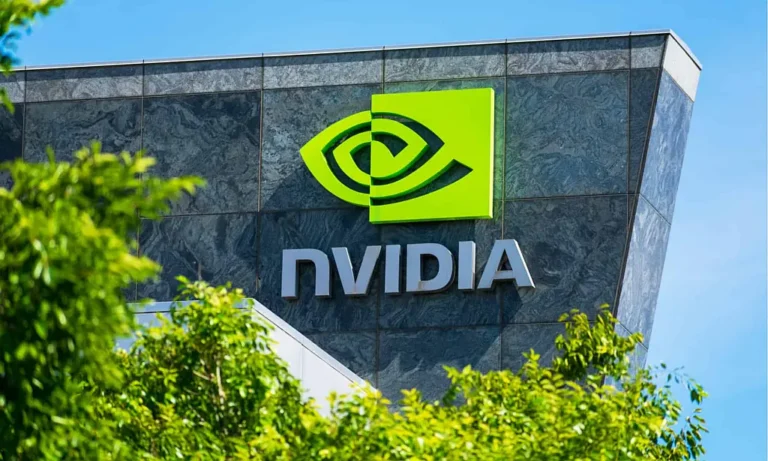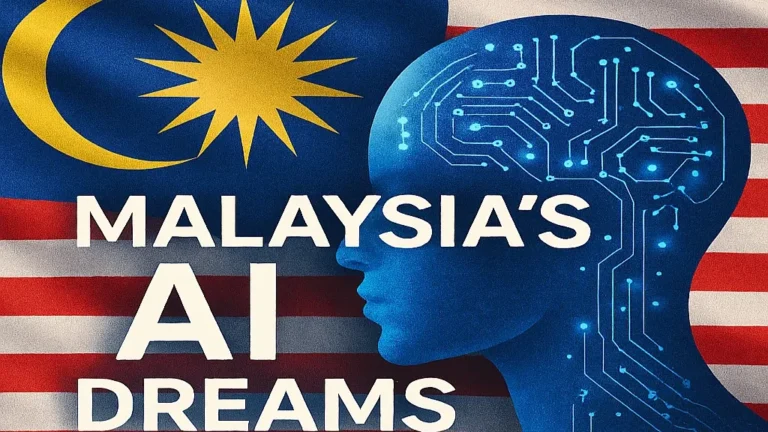AI-Powered Breakthroughs in the Fight Against Antibiotic-Resistant Bacteria

Antibiotic resistance poses an escalating global health crisis, with infections caused by drug-resistant bacteria accounting for over a million deaths annually. Traditional antibiotic development has stagnated over decades, struggling to keep pace with rapidly evolving superbugs. However, recent groundbreaking research leveraging artificial intelligence (AI) is ushering in a new era of antimicrobial discovery, offering hope for effective treatments against resistant infections.
A milestone study from the Massachusetts Institute of Technology (MIT) showcased AI’s ability to design novel antibiotics targeting deadly superbugs like gonorrhea and methicillin-resistant Staphylococcus aureus (MRSA). By training generative AI models on vast chemical structure datasets, researchers designed and synthesized millions of unique molecular compounds. After rigorous computational filtering to exclude harmful or existing compounds, the AI-generated antibiotics were tested successfully in lab experiments and infected mice, demonstrating potent antibacterial activity. These new molecules, named NG1 and DN1, employ novel mechanisms, raising optimism for overcoming bacterial resistance. While these candidates require further refinement and clinical trials over the next couple of years, the study signals a leap forward in accelerating antibiotic discovery.
Ad Content
In parallel, Australian scientists employed AI-driven protein design to generate novel biological proteins capable of killing antibiotic-resistant bacteria like E. coli. This approach compresses what once took years into mere seconds, enabling rapid creation of targeted proteins for therapeutic use. By generating ready-to-use antibacterial proteins, this method promises faster and more affordable development of innovative drugs and diagnostics, broadening the biomedical arsenal against superbugs.
Another exciting AI application lies in metal-based antibiotic discovery. Collaborative efforts between AI technology companies and academic laboratories are harnessing AI to explore the complex chemical space of metalloantibiotics—compounds combining metal ions with organic molecules. These antibiotics boast diverse modes of action and structural complexity, which can be effective against resistant bacterial strains. AI-powered high-throughput screening accelerates the identification of promising metal-based candidates with potent antibacterial properties and reduced toxicity.
Beyond drug design, AI is also being leveraged to predict and track the spread of antibiotic resistance with unprecedented accuracy. By analyzing large genomic datasets, AI models provide insights into bacterial evolution and gene transfer mechanisms that fuel resistance. This knowledge aids surveillance and informs targeted interventions.
Together, these breakthroughs exemplify how AI is revolutionizing antibiotic development and combating antimicrobial resistance. AI’s unparalleled ability to swiftly generate and evaluate novel compounds and proteins promises a “second golden age” for antibiotics. Nonetheless, despite these advances, rigorous safety testing, clinical evaluation, and regulatory approval remain essential steps before AI-derived antibiotics reach patients.
As bacteria continue to adapt and threaten global health, AI-driven innovation offers a powerful tool to stay ahead in this evolving battle. The convergence of machine intelligence, molecular biology, and chemistry heralds a promising future where new, effective therapies can be developed rapidly to safeguard humanity from formidable superbugs.







